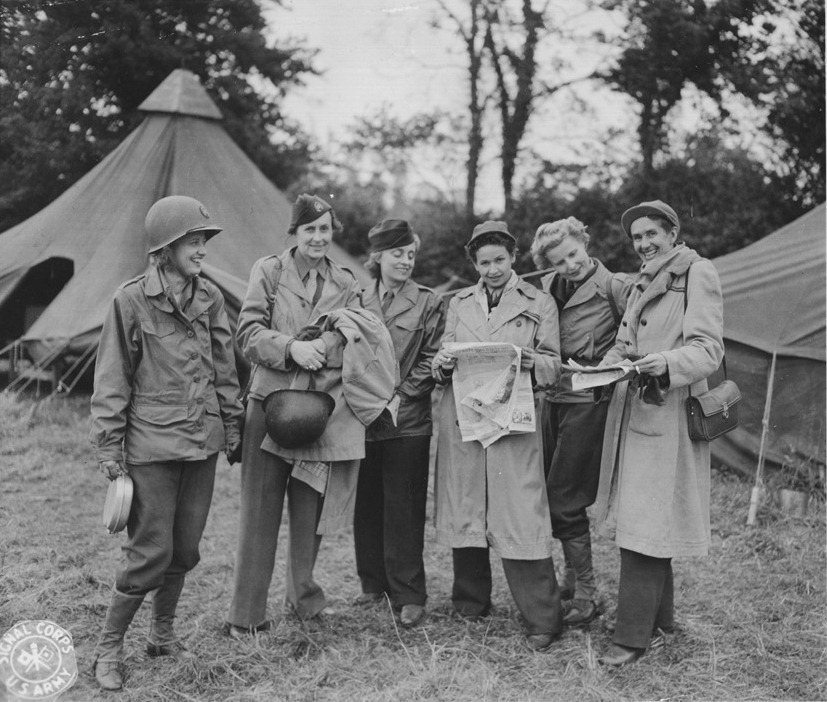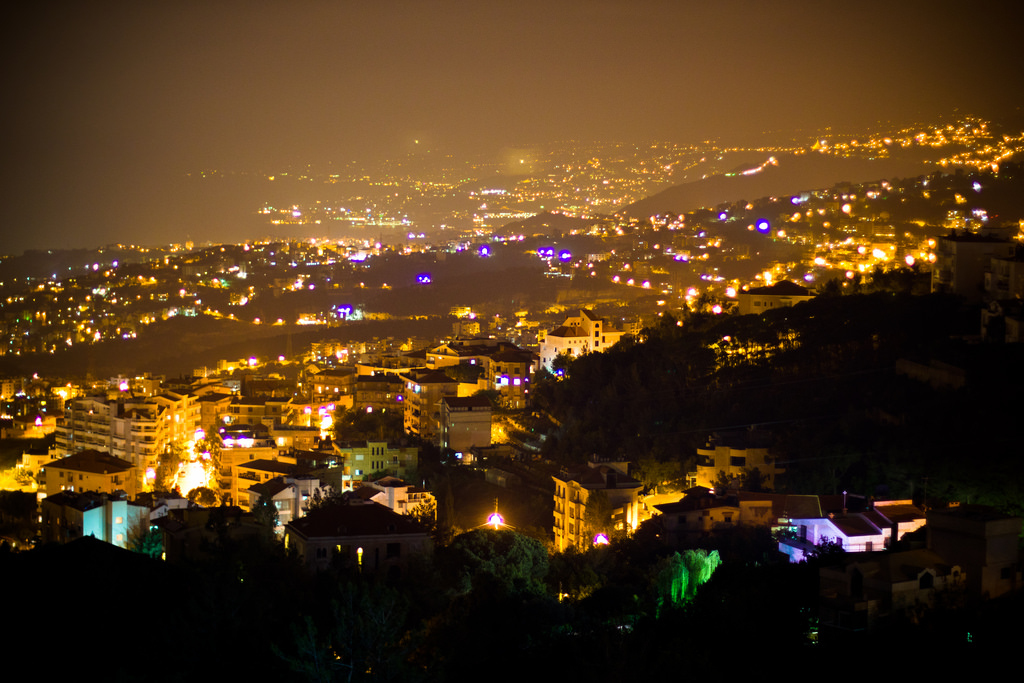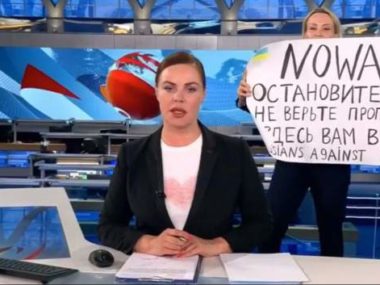By Cassy Dorff for Denver Dialogues

It’s the close of summertime here in the American academic community. Perhaps for a special few, these warm months with lower administrative duties brought a sense of ennui, a kind of soft craving for the return of regular meetings, 8am classes, and office hours—but for the great majority this time was likely a godsend. It can be one of the most productive times for writing and researching, often affording the opportunity to return to the field and conduct interviews, dig for data, or finish a project not yet completed. This summer I’ve encountered many stories of field research, complete with both the highs and lows of navigating insecure regions. Some will offer romantic visions of interviewing armed militias while others will share sincerely traumatic tales of being lost or cornered by armed strangers. Regardless of the tone, sometimes the nitty gritty of field research is a topic left for conversations outside of the office—i.e., late-night sharing over dinner or drinks. Today’s post is an effort to bring these conversations into a different and perhaps more accessible professional space.
The difficulty of field research in regions where war is recent or ongoing is a reality for many academics. Listening to stories of interviewing at-risk populations, traveling to remote areas, or navigating skeptical and corrupt government foot soldiers had me wondering about the basic protocol we have institutionalized across universities for preparing researchers for these encounters. The very short answer to this is that while IRBs care deeply about our respondents (and increasingly the researcher herself), for the most part training varies dramatically across institutions, rarely offering basic instruction in interviewing survivors of violence, administering first aid, or handling crisis situations.
In considering these questions, I thought about how journalists engage with these same issues. As I follow the increasing risk to journalists in regions like Mexico, I find that there are lessons to be gained from bridging perspectives across these fields. In my own experience, field research can be daunting and pose serious risks. It can be difficult to know what kind of advice to seek, and whether there are special considerations to take for working as a woman in the field (a difficult question to answer especially if most of one’s colleagues are male). I’ve been told, on multiple occasions, that traveling to an area was not safe simply due to my gender. I wondered whether female journalists would have particularly useful insights for the ways in which women studying conflict can do so safely and productively. To bring new perspectives into the broader question of research ethnics and engagement, I’ve asked two writers to answer a few brief questions on the topic. The first is Alice Driver, author of a new book on feminicide in Juarez, free-lance writer, and filmmaker. The second is a female correspondent who has covered the Middle East for the past 6 years working for NPR, PRI, Foreign Policy and Global post, and who wishes to remain anonymous.
DORFF: Thank you for agreeing to engage in this brief interview. The aim of the interview is to understand more about the intersection between female academics who study conflict and female journalists operating in similar regions, investigating similar questions. The hope is to have female journalists share their own experiences and offer any applicable words of wisdom.
In 2002, Vanity Fair published a piece entitled “Girls at the Front,” which describes the “handful” of female war correspondents whose beat traverses hell holes, tough terrain, salty men and the like. The article focuses on Christiane Amanpour’s career story and the “small brigade” of similar female journalists working at that time. Ten years later in 2012, Reuter’s published an article with the lead statement “Female war correspondents are no longer a novelty.” Do you think that women covering war, civil conflict, insecure or high-risk environments are still a relatively small group? Or has it grown, and in what ways?
Our anonymous journalist (AJ) responds briefly: Anecdotally, among western journalists I don’t see female “war correspondents” as a relatively small group anymore. In the field I’m often surrounded by female colleagues.
Alice Driver (AD) explains the invaluable perspective of women in the field, and the community it builds: When I was doing research for More or Less Dead: Feminicide, Haunting, and the Ethics of Representation in Mexico in Juárez between 2010 and 2013, it was ranked as the most violent city in the world for most of that time (2010-12). Recently a journalist asked me why the interviews in my book were predominantly with men, and I had to admit that it was because there were more male journalists and filmmakers living and working in the city, especially on issues related to violence. Statistically speaking, journalism and film are still industries dominated by men, and this is even more evident in dangerous areas. I did meet and interview women working in the city, but the interesting thing is that they were navigating the city in a different way than the men. For example, Itzel Aguilera, one of two women of the four photojournalists included in my book, is a mother of two living in Juárez and pursued photography projects that were about the violence in the city, but that featured photos she took of sunsets from the patio of her house (the captions to the photos mentioned who had been killed on that day). She said she and her two young daughters basically only left the house to go to school.
That said, I do think the group of women conducting research in conflict areas is growing, because women, like myself, do not want to be told that men can conduct research in a particular place, but that women cannot go there because it is “too dangerous.” I went to Juárez because I knew I would never understand my research if I did not go. And I went because I knew that if I was prepared, made connections with journalists and academics in the area, and planned my interviews, that I would be able to do my work. Women bring an invaluable point of view to studies conducted in dangerous areas, because the relationships that we have access to are different, and we focus on issues that men often ignore. For example, in terms of feminicide, men who write about the issue focus on the physical violence, the rape and murder of women. I wanted to focus on the economic, cultural, and institutional roots of what was going on in the area. I became good friends with Juárez photojournalist Julián Cardóna, and we made a short documentary about photojournalism together titled If Images Could Fill Our Empty Spaces. It reflects on a lot of ethical questions about how to represent violence.
Due to my research in Juárez, I became connected with a fearless group of female journalists working around the globe, among them Katie Orlinsky, Arzu Geybullayeva, Jean Friedman-Rudovsky, and Anna Therese Day. These women are changing the face of journalism and reporting on issues that affect women around the world, issues that have traditionally been ignored by the male-dominated media.
DORFF: The number of women studying violence and war within political science seems to be growing; do you often work or communicate with researchers when you are in the field? Do you have any relationships with women academics whose research address similar themes as your reporting?
AD: I maintain relationships with many of the academics who study feminicide. In fact, of all of those who have written books or published about feminicide, I only know one man. Often issues that relate to women are only studied by women, which is something that needs to change. Men also need to be studying these issues, because, as we know, issues that affect women have a ripple effect on children, families, and society.
AJ: I have noticed that the number of female academics and researchers on the subjects of violence and political science seems to be growing. I often purposefully try to include female voices when reaching out to “analysts,” and it often requires a bit more research and digging on my end. When looking for local voices—middle eastern women—to quote as an analyst or researcher, that’s where my job can become more difficult, but thankfully I’ve also noticed think tanks and research organizations based in the Middle East have begun to hire more women.
DORFF: In what ways has your gender presented unique challenges in the field such as issues of “blending in” or asserting authority? In what ways has it presented advantages, such as having greater comfort with at-risk groups including women and children?
AD: Given that I was working on issues related to women, the advantages far outweighed the challenges for me. Women and girls were more comfortable speaking with me, inviting me into their homes, and sharing personal stories and photos. In addition, there is the issue of being a foreign woman in Mexico, which in some cases is like being a third sex. Men sometimes don’t know exactly what to think of you, because they don’t necessarily expect you to fulfill traditional gender roles.
The biggest challenge for me was that I was told to never go anywhere alone. I don’t like being told where I can and cannot go. In Juárez I always went out accompanied by local journalists, without whom I would not have been able to have access to the community and the city in the way that I did. You cannot underestimate the importance of building local relationships.
AJ: In general, I don’t see my gender as a challenge in the field. Being able to wear a hijab or abaya helps me blend in when I’m in conservative areas—something unavailable to my male colleagues. I have access to women in a way my male colleagues do not. And if anything I find male authority figures in the Middle East are often a bit disarmed when being interviewed by a woman, which can be helpful.
My gender is, however, a challenge when I’m covering a large gathering—be it a protest or a crowd celebrating a holiday—especially at night, it’s common to be grabbed by male members of the crowd. It usually happens to me at least once in these situations. It’s something I often brush off as an annoyance, but it’s unacceptable and can make an already stressful situation feel threatening.
DORFF: How have you created a safety protocol for your work? What guidelines do you follow and what resources do you check when assessing whether it is safe to travel to a region?
AD: I went to Juárez for short periods of time, either a few days or a week. I lined up all my interviews in advance, and checked with local journalist contacts to get a feel for the levels of violence in the city. I always knew the death count, which was a strange feeling. As I said, I never went anywhere by myself, so my movement was very calculated. I relied a lot on local contacts to take me around, to let me know what areas of the city were safe enough for me.
DORFF: In the world of conflict studies in academia, we are often still sorting out how best to prepare students and researchers to enter the field. Many times graduate students travel to high-risk regions to conduct surveys or interviews with little safety training. What advice would you impart on women researchers wanting to investigate conflict regions or insecure populations?
AD: Journalists can sign up to take RISC training or other courses, and I think that academia should offer something similar. The problem is twofold: 1) universities rarely want to take on the kind of risk involved in sending students into conflict zones, and 2) funding those kinds of courses is expensive. My university prohibited me from going to Juárez with university funding. Eventually I went on my own, and then I moved to Mexico City and was in the field more regularly.
AJ: I would say first aid training is a must. Always travel with a first aid kit that includes a trauma dressing. Establish emergency contacts, always make sure you have a means of communication (don’t let your phone battery die). Use the buddy system and once in country reach out to more senior colleagues for advice. Security companies and “risk assessments” fulfill important roles, but often you’ll find the best advice comes from people who are out in the field on a daily basis. The community of journalists and researchers in “high risk” regions is often small, close-knit and welcoming.








2 comments
I applaud bringing this important topic into the conversation. I would also like to add that the challenge of being female researcher or correspondent abroad pales in comparison to the challenge of being a female scholar or journalist FROM the regions we travel to study. Having just seen a flurry of emails about this scholar from Yemen or that scholar from Syria flit through my “junk” mail, I am reminded constantly of the privilege inherent in my passport. While the impact on my livelihood would be great, I can chose where I go to gather data or even whether I report back to my post at the end of the week. Others lack those options and we should be mindful.